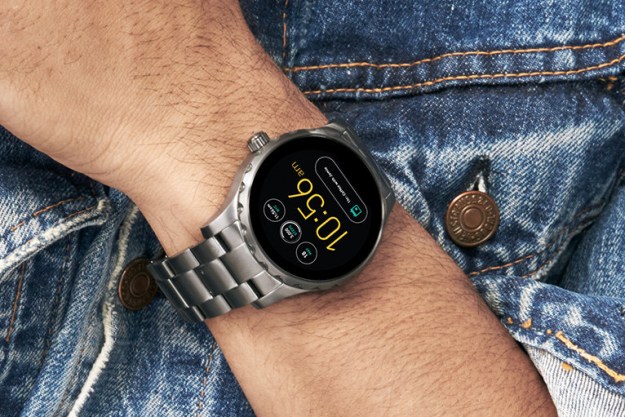
The brainchild of Zhenqiang “Jack” Ma, an engineering professor at UW-Madison, this new technology is almost like a temporary tattoo — only rather than satisfying an aesthetic purpose, these stretchable circuits can actually support frequencies in the .3 gigahertz-to-300 gigahertz range, allowing doctors and patients to monitor vital health signs completely wirelessly.
Not only would this mean fewer in-office visits, but it could also eliminate the need for bulky machinery and complicated wiring, which can become a hassle for patients and healthcare providers alike. The power of the new circuits, researchers say, can be traced to their unique structure. As Science News Journal explains, the integrated circuits contain “two ultra-tiny intertwining power transmission lines that wrap in S-curves which are built together in a repeating pattern … Their serpentine shape gives the lines the ability to stretch without losing their performance value, while also avoiding interference from the outside.”
While these little wires are only 25 micrometers thick, what they lack in size they make up for in power. “We’ve found a way to integrate high-frequency active transistors into a useful circuit that can be wireless,” Ma said. “This is a platform. This opens the door to lots of new capabilities.”
Ma’s work was supported by the Air Force Office of Scientific Research, so we may be looking at the next health revolution to be used to support pilots and other members of the military. After all, who wouldn’t want a wearable that you don’t even have to wear?
Editors' Recommendations
- Gigabyte may have just leaked AMD next big release
- Google’s long rumored Pixel Watch may finally be coming next year
- The future of A.I.: 4 big things to watch for in the next few years
- Apple’s new Seattle campus may mean big things for Siri, artificial intelligence


